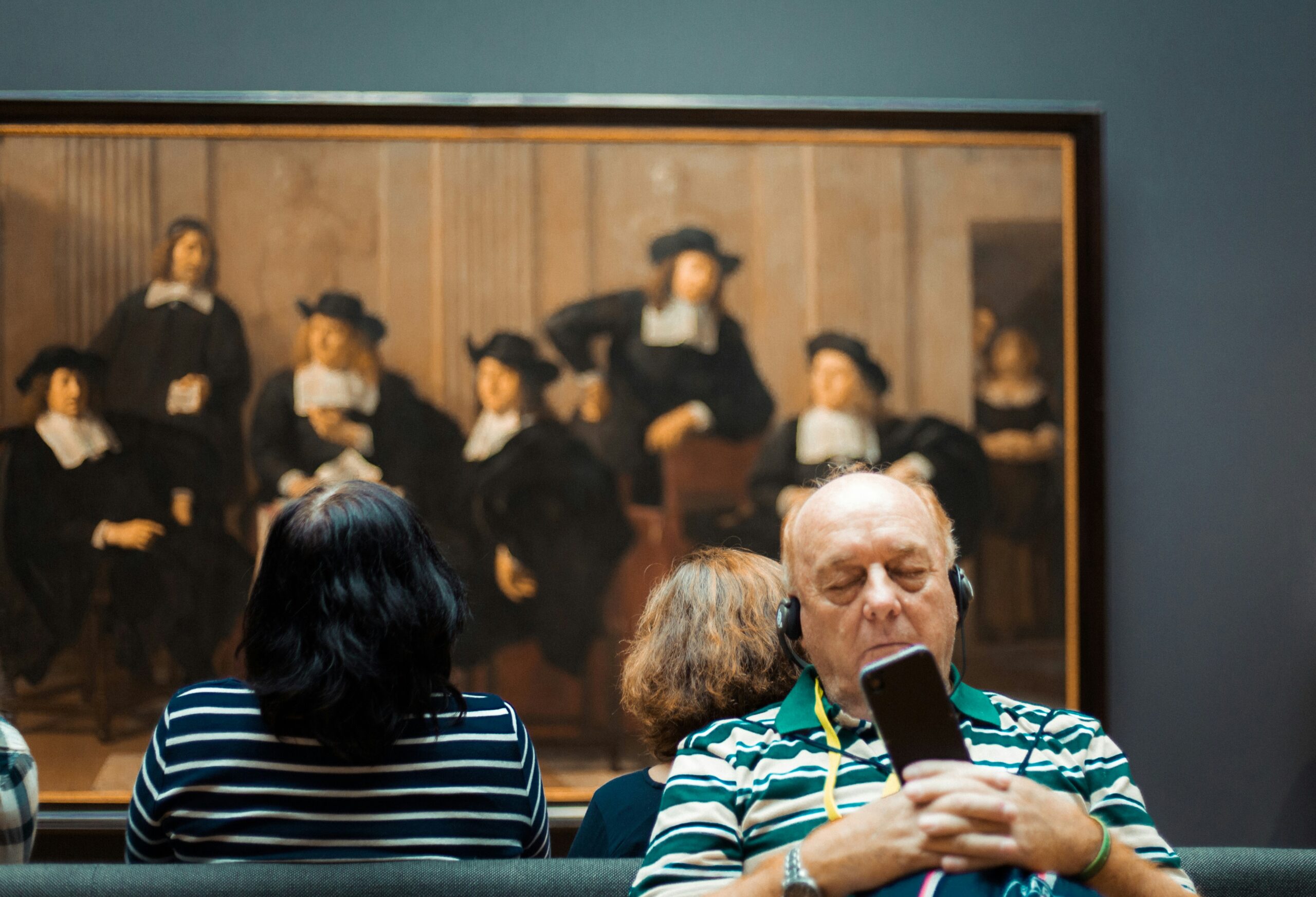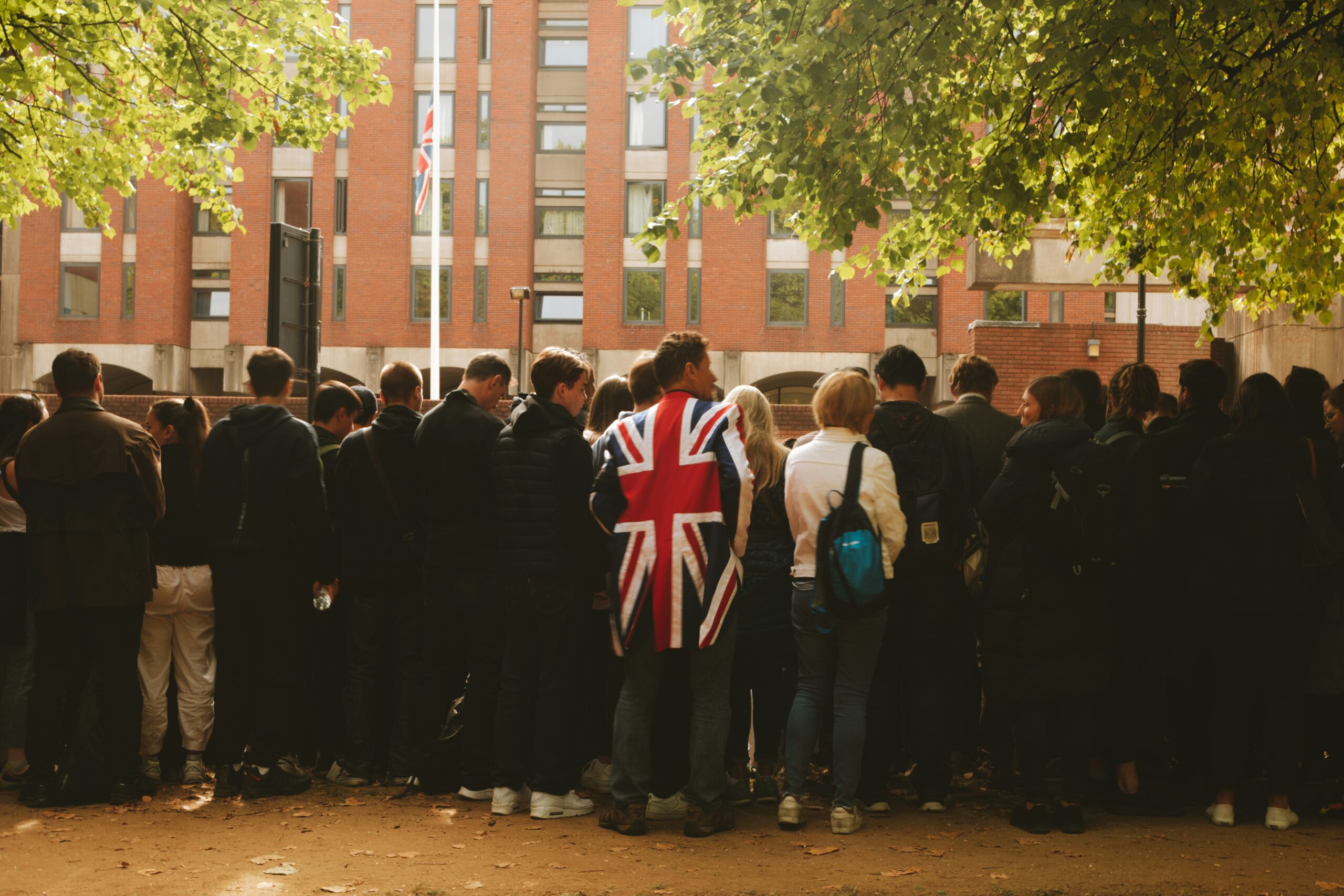Why Art Exhibition Is Important: Inspiring Creativity, Culture, and Community Connection
When I step into an art exhibition I feel like I’m entering a space where creativity knows no limits. Each piece on display tells its own story and invites me to see the world through a different lens. It’s not just about admiring beautiful artwork—it’s about connecting with ideas and emotions that words sometimes can’t express.
I believe art exhibitions play a vital role in bringing people together. They spark conversations inspire curiosity and give artists a platform to share their unique voices. Whether I’m discovering emerging talent or revisiting classic masterpieces I always leave an exhibition feeling inspired and eager to see what comes next.
The Role Of Art Exhibitions In Society

Art exhibitions facilitate cultural exchange and community engagement. I encounter diverse perspectives through exhibitions, which showcase works from local and international artists. These spaces often foster dialogue and understanding between people of different backgrounds. Institutions like the Museum of Modern Art host exhibitions that have attracted audiences from over 100 countries, according to their annual reports.
Art exhibitions also support education and awareness. I notice curated displays that explain artistic movements, historical eras, and social themes. Schools and universities partner with galleries to integrate art education, further bridging academic and creative disciplines. According to the Association of Art Museum Directors, 78% of member museums in North America offer educational programs tied to their exhibitions.
Public exhibitions contribute to economic growth and urban development. I see cities leverage major art events to drive tourism and investment. For example, the Venice Biennale draws over 600,000 attendees, benefiting hotels, restaurants, and local businesses. Art fairs and gallery weekends similarly boost the creative economy.
Artists benefit directly from exhibitions through increased visibility and networking. Many artists secure commissions or gallery representation after being featured in group or solo shows. These opportunities often lead to long-term recognition and career sustainability.
Art Exhibition Attendance and Impact
| Institution/Event | Annual Visitors | Educational Programs Offered | Notable Economic Impact |
|---|---|---|---|
| MoMA (NYC) | 2,100,000 | 38 | Major tourism draw for NYC |
| Venice Biennale | 600,000 | 12 | Boosts global art market |
| Tate Modern (London) | 5,700,000 | 44 | Revitalization of local area |
| Miami Art Basel | 83,000 | 6 | Raises Miami’s creative profile |
Enhancing Cultural Awareness And Appreciation
Art exhibitions enhance cultural awareness and appreciation by presenting visual narratives from a broad spectrum of traditions and experiences. I observe new perspectives at each exhibition, connecting with histories and cultures beyond my own.
Preserving Heritage Through Exhibitions
Exhibitions preserve cultural heritage by displaying artworks that chronicle societies, beliefs, and artistic practices. I find artifacts, installations, and paintings from different eras in venues like the British Museum, which catalog historical legacies from around the world. Exhibitions safeguard rare and endangered works for future viewers, illustrating how communities once expressed their identity.
| Collection | Origin | Time Period | Exhibit Type |
|---|---|---|---|
| Benin Bronzes | Nigeria | 13th-19th c. | Sculpture, Metalwork |
| Ukiyo-e Prints | Japan | 17th-19th c. | Printmaking, Painting |
| Renaissance Art | Italy | 14th-17th c. | Fresco, Oil Painting |
| Native Textiles | North America | 15th-19th c. | Weaving, Beadwork |
Promoting Diversity And Inclusion

Art exhibitions promote diversity and inclusion by elevating voices from underrepresented groups. I notice exhibitions dedicated to women artists, BIPOC creators, and LGBTQ+ communities in institutions such as the Smithsonian and Tate Modern. By curating works from multiple backgrounds, exhibitions challenge stereotypes and foster acceptance.
| Event Name | Focus Group | Venue | Year |
|---|---|---|---|
| « 30 Americans » | African American | Rubell Museum, Miami | 2018 |
| « Queer British Art » | LGBTQ+ | Tate Britain, London | 2017 |
| « Radical Women » | Latin American | Hammer Museum, Los Angeles | 2017-18 |
| « Herstory » | Women Artists | Brooklyn Museum, New York | 2022 |
Supporting Artists And Creative Communities
Art exhibitions actively drive the growth of creative communities by offering essential support to artists. I often see these spaces become hubs where ingenuity and collaboration flourish.
Providing Platforms For Emerging Artists
Art exhibitions give emerging artists visibility that accelerates their careers. I notice galleries, biennials, and pop-up shows spotlight new talent and connect them to collectors, curators, and art lovers. For instance:
| Exhibition Type | Visibility (No. of artists featured annually) | Career Outcomes (common) |
|---|---|---|
| Local Art Fairs | 150+ | Gallery representation, commissions |
| Pop-up Exhibitions | 60–100 | Sales, press, social media coverage |
| Art Biennials | 200–300 | International residencies, awards |
Entry opportunities often arise through juried submissions, community outreach, or art school partnerships. I observe emerging artists use these exhibitions to build professional networks and establish reputations, increasing their potential for sustainable, long-term careers.
Fostering Artistic Collaboration And Innovation
I see art exhibitions bringing together artists from varying disciplines, prompting collaboration and new ideas. Co-curated installations, collective projects, and cross-genre works emerge frequently. Events like Art Basel and Documenta feature group shows where painters, sculptors, digital creators, and performers innovate together.
Collaborative exhibitions encourage artists to explore materials and methods outside their usual practice. Exposure to diverse techniques and critiques helps refine concepts and presentation. Group dynamics also cultivate mentorship, with established artists guiding newcomers in navigating the contemporary art landscape.
Tables, open studio sessions, and art talks—common during exhibitions—drive ongoing dialogue, which sustains innovation in creative communities.
Educational Impact Of Art Exhibitions
Art exhibitions create direct educational experiences by connecting people with artworks and artists. I access insights not only from guided tours but also from activities that stimulate my curiosity and deepen my knowledge.
Engaging Audiences Through Interactive Learning
Interactive approaches in art exhibitions encourage my participation and support active learning. Digital installations, touchscreens, VR (virtual reality), and hands-on workshops turn passive observation into discovery-based exploration. For example, many major museums now feature augmented reality apps and tactile art-making stations that appeal to visitors of all ages. Family-focused programs, such as scavenger hunts and guided sketching sessions, reinforce concepts in art history and visual literacy.
| Interactive Method | Example Institution | Audience Benefit |
|---|---|---|
| Virtual Reality Tours | Tate Modern, London | Immersive understanding |
| Touchscreen Exhibits | Smithsonian, Washington | Personalized learning pace |
| Art-Making Workshops | MoMA, New York | Creativity through practice |
| AR-guided Treasure Hunts | Louvre, Paris | Engagement for families/youth |
Inspiring Creativity And Critical Thinking
Art exhibitions prompt creative thinking by exposing me to diverse artistic solutions and perspectives. I synthesize information from different media, time periods, and cultural backgrounds, often evaluating the artist’s message or method. Critical analysis builds as I interpret symbolism, context, and technique—skills essential for personal and academic growth. School partnerships with galleries, artist talks, and thematically curated exhibitions further enhance my ability to generate new ideas, ask probing questions, and form well-supported viewpoints.
| Educational Outcome | Example Activity | Impact on Visitor |
|---|---|---|
| Visual Analysis Skills | Docent-led artwork discussions | Improved observation |
| Creative Expression | Student art contests | Stimulated imagination |
| Cultural Awareness | Artist-in-residence programs | Broader perspectives |
| Critical Debating | Panel critiques and Q&A sessions | Strong argumentation |
Economic And Social Benefits Of Art Exhibitions

Art exhibitions drive measurable economic and social value for both host communities and broader audiences. I’ve seen local businesses, residents, and cultural institutions thrive when these events create new economic opportunities and social connections.
Boosting Local Economies And Tourism
Art exhibitions boost local economies by attracting visitors, stimulating spending, and creating jobs. Major events like the Venice Biennale, Art Basel, and Frieze London have demonstrated strong economic impacts by increasing hotel bookings, restaurant revenues, and retail sales in their host cities. For example, the Venice Biennale generated approximately €56 million in direct expenditure in 2022 (source: La Biennale di Venezia).
Economic Impact of Selected Art Exhibitions
| Event Name | Location | Year | Visitors | Economic Impact (USD) |
|---|---|---|---|---|
| Venice Biennale | Venice, Italy | 2022 | 800,000+ | 60 million |
| Art Basel | Basel, Switzerland | 2023 | 90,000+ | 47 million |
| Whitney Biennial | New York, USA | 2019 | 370,000+ | 20 million |
Visitors often extend stays, supporting sectors beyond the art world, such as transportation, hospitality, and local retail. Galleries and independent artists also benefit from artwork sales, commissions, and increased exposure during exhibition-related events.
Encouraging Community Engagement
Art exhibitions encourage community engagement by providing spaces for people from various backgrounds to connect. Examples include free admission days, interactive workshops, and artist talks hosted by institutions like the Tate Modern and the National Gallery of Art. I’ve noticed these programs increase accessibility and facilitate dialogue between artists, visitors, and local organizers.
Community-focused art exhibitions foster partnerships among cultural organizations, educational institutions, and civic groups. These collaborations often result in public art installations, community murals, or cultural festivals, generating a sense of shared identity and pride. Participation in exhibition-related activities contributes to social cohesion by making the arts more inclusive and central to everyday life.
Conclusion
Reflecting on my experiences with art exhibitions I’m reminded of how transformative these spaces can be. Each visit leaves me with a renewed sense of curiosity and a deeper appreciation for the stories and cultures that shape our world.
Art exhibitions aren’t just about viewing artwork—they’re about connecting with others and expanding our perspectives. I always leave feeling inspired and eager to support the creative voices that bring our communities to life.
Frequently Asked Questions
What is the main purpose of art exhibitions?
Art exhibitions aim to showcase creative works, foster cultural exchange, and provide a platform for artists to express their voices. They create opportunities for audience engagement, learning, and inspiration.
How do art exhibitions support artists?
Art exhibitions increase artists’ visibility, offer networking opportunities, and often lead to sales and gallery representation. Emerging artists especially benefit from exposure and the chance to build their careers through such events.
In what ways do exhibitions benefit local communities?
Exhibitions attract visitors, boost local economies, and create jobs. They also foster community engagement and social cohesion by bringing people together around shared cultural experiences.
Do art exhibitions promote diversity and inclusion?
Yes, many exhibitions feature works by women, BIPOC, LGBTQ+, and other underrepresented artists, ensuring a wide variety of voices and perspectives are celebrated and acknowledged.
How do art exhibitions encourage education and creativity?
Museums and galleries offer educational programs, interactive installations, and hands-on workshops that foster creative thinking, visual literacy, and deeper appreciation for the arts.
How do exhibitions help preserve cultural heritage?
By displaying artifacts and artworks from different times and cultures, exhibitions document and preserve societies’ histories, beliefs, and artistic traditions for future generations.
Why are major art events important for cities?
Events like the Venice Biennale or Art Basel draw international audiences, generate significant economic impact, and strengthen the city’s cultural reputation worldwide.
What should visitors expect when attending an art exhibition?
Visitors can expect to see a variety of artworks, learn about different cultures, interact with installations, and participate in educational activities that inspire reflection and conversation.
Are there opportunities for families at art exhibitions?
Yes, many exhibitions offer family-friendly activities like scavenger hunts, guided drawing sessions, and hands-on workshops to engage visitors of all ages in art appreciation.
How do art exhibitions impact society as a whole?
Art exhibitions broaden cultural understanding, foster dialogue, support creative communities, promote lifelong learning, and drive both social and economic growth.
